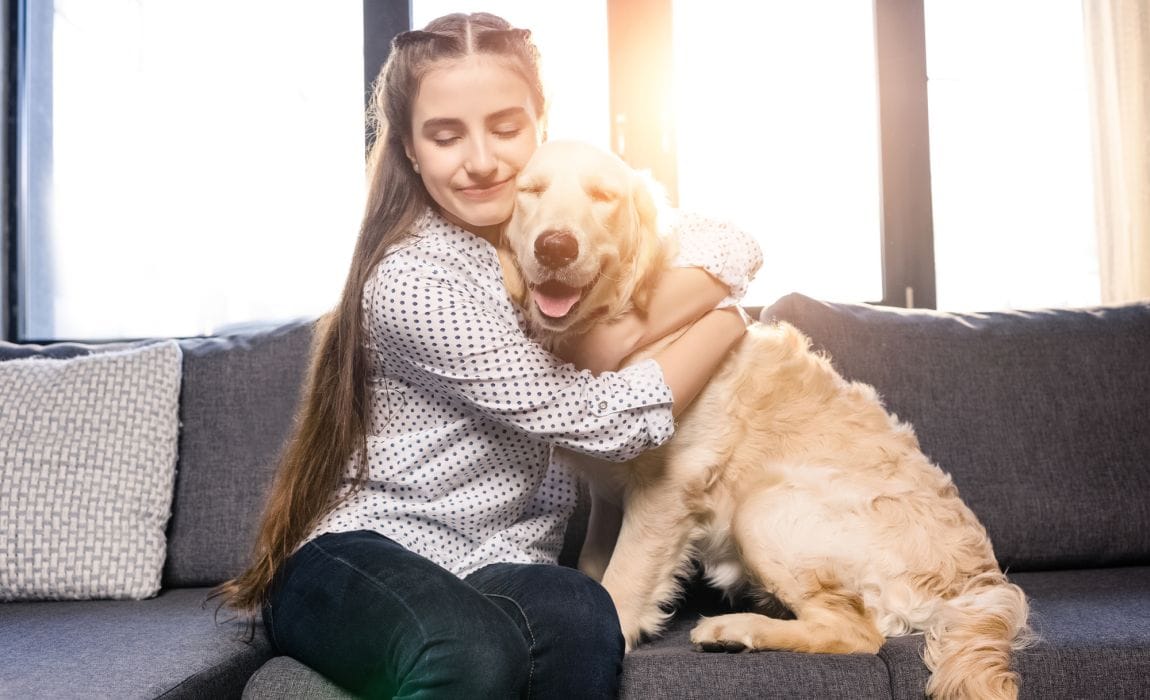The health of a dog largely depends on the proper care of the room in which it is kept.
All rooms and dog walks must be kept in the strictest cleanliness. This is achieved by regular cleaning and periodic disinfection. Basic cleaning is done daily in the morning. During cleaning, they remove feces, disassemble, clean, dry and ventilate the booths, sweep the floor indoors and on paddocks, remove dirt and cobwebs from the walls. At the same time, a bulkhead and a change of bedding are carried out, etc. Given the strong infection of dogs with worms, feces from walking, cabins and cages must be removed with an iron scoop, and on the walk so that the top layer of the earth is removed at the same time, which is replaced with sand. It is best to burn the collected feces and garbage, and if there is no appropriate furnace for this, then sprinkle it with bleach and take it out of the settlement to a specially designated place where it is deeply buried. So that the feces do not remain indoors or on the walk for a long time, it is necessary to organize additional cleaning of it no later than an hour after each feeding of the dog. In winter, feces on the paddock are cut down along with ice.

In the warm season, the floor and bunks in enclosed spaces, wooden flooring under sheds, as well as the floor and walls of booths, once a decade, should be washed with hot water with the addition of lye. At the same time, thoroughly wipe the windows in the rooms. At least once a month, preventive disinfection of all premises is carried out with a 3% solution of creolin (1.5 cups per bucket of water) or other disinfectants. Metal parts should be burned with a blowtorch. In winter, disinfection of sheds, outdoor booths and paddocks is not carried out. During cleaning and washing the premises, the dog must be taken out of it for dog tying, and during disinfection – away, at a distance of no closer than 100 m. After cleaning, washing and disinfecting the premises should be well ventilated and dried, only then the dogs are brought back.
Whenever the weather permits, the roofs of the dog kennels should be slightly raised so that the kennel is well ventilated and exposed to direct sunlight.
Particular attention should be paid to the maintenance of closed unheated premises in winter. It must be remembered that the cold for the health of dogs and puppies is not dangerous. It becomes dangerous only when accompanied by dampness, drafts, dirt and malnutrition. Much attention should be paid to the elimination of these moments. In the cold season, dogs should be provided with abundant winter straw bedding. Straw must be dry, clean, free of dust and mold, and not previously used by other animals. At each cleaning of the premises, the bedding should be shaken to remove dust from it, sorted out, discarded contaminated and damp parts and dust and replaced with fresh ones. After each disinfection, as well as every 5 days, it is necessary to change the entire bedding. In the delivery room, the bedding should be changed daily, and sorted out 2-3 times a day.
Particular attention should be paid to preventing the introduction of contagious diseases into the territory where service dogs are kept, and to preventing the spread of these diseases when they appear. To this end, the entire area in which the premises for the kennel are located should be fenced with a good fence and unauthorized persons, as well as animals, especially dogs and cats, should not be allowed to enter it. It is necessary to strictly ensure that there are no rodents on the territory of the nursery.
Each dog in the household must be assigned a permanent place (cabin, booth, individual walking), and transfer from it to another place can only be allowed in exceptional cases and after thorough disinfection of the place where the dog is being transferred.

To design a Central Asian Shepherd dog kennel, one should not forget about the chain and the checkpoint. Firstly, Central Asian Shepherd Dogs are very fond of serving on a chain leash; secondly, the chain and the checkpoint help to keep the Asian in good physical shape (from my own observations); and, thirdly, when passing test standards for guard duty, these facilities are simply necessary.
Checkpoint.
Arranging a checkpoint, you need to place it in a relatively calm place for the dog. If security work is necessary, then it is imperative to provide the dog with an aviary where it can rest. When building a checkpoint, it must be remembered that the Central Asian is a very strong dog. It is very useful to cover at least part of the path in front of the checkpoint with gravel, this will help keep the paws and claws of the dog in excellent condition.